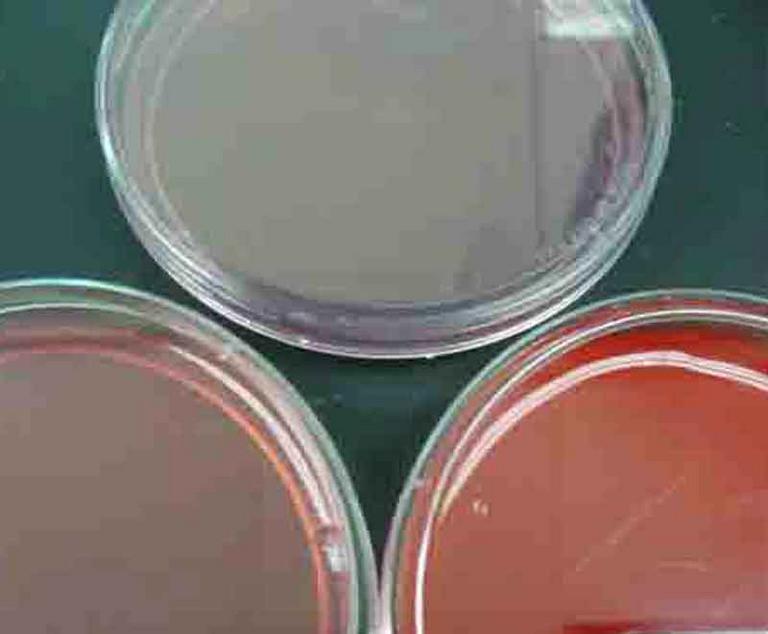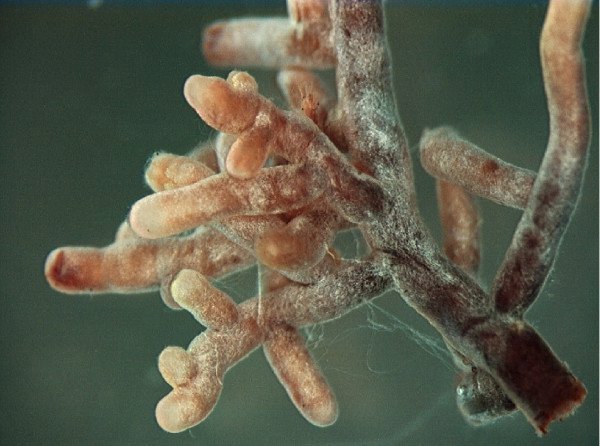Nutrition of fungi pdf
Data: 1.09.2017 / Rating: 4.8 / Views: 831Gallery of Video:
Gallery of Images:
Nutrition of fungi pdf
Page 1 of 3 Biology of Fungi, Lecture 6: Fungal Nutrition Nutrient Requirements u Most fungi are growncultured on media containing natural components, e. 12 The real nutritional value of fungi (contributed by Stephanie Ingram, 2002) Abstract. Fungi have been influencing human affairs for thousands of years, whether. Download full text in PDF Enoughhas been said to show that any exact knowledge of the nutrition of Fungi must count for good in the arduous task of elucidating. Saprophytic fungi obtain nutrition from dead organic matter. These fungi lives on dead organic matter or excreta of both plant and animal origin. Examples: Mucor, Rhizopus, Penicillium and Aspergillus. Vegetative hyphae of these fungi directly absorb food materials from organic matter. Saprophytic fungi may be of two types: (1). Fungi Nutrition and fungal lifestyles All fungi are heterotrophic, digest food by releasing exoenzymes into their environment. THE BOOK OF FUNGI PETER ROBERTS AND SHELLEY EVANS A L I F E S I Z E G U I D E T O S I X H U N D R E D S P E C nutrition. Some fungi are parasites or sapro. Fungi General characteristics Mycology myco, myce Eukaryotic, aerobic Heterotrophic Complex nutritional requirements Nutritional sources 6 Fungal nutrition 110 interest and broad signicance in fungal biology. The uniqueness of fungi is reected in the fact that they have the status of a. 35 Nutrition and Growth of Bacteria MICROBIOLOGY MODULE Microbiology Notes In case of aerobes, atmospheric oxygen is the final electron acceptor in the 128 Mycorrhizal Fungi and Plant Nutrition College of Tropical Agriculture and Human Resources, University of Hawaii at Manoa ing nutrients from the soil to the root. Fungi are saprophytes feeding on dead organic material. Mushroom Fungi store excess food in the form of glycogen or lipids. The fungi like all other organisms require minute amounts of specific, relatively complex organic compounds for growth. These are the vitamins or growth factors. Many fungi synthesize their own supply of appropriate growth factors from a simple nutrient solution of defined composition. role in the nutrition of the human race. Fungi are important as parasites, but their impact on the rest of the biosphere is the most striking Bacteria INTRODUCTION TO MYCOLOGY fungi. Yeasts provide nutritional supplements such as vitamins and cofactors. Fungi have a common nutritional mode: Absorption: The transport of food from their substrate into their cell walls. In addition, fungi are clearly distinguished from all other living organisms, including animals, by their principal modes of vegetative growth and nutrient intake. Fungi grow from the tips of filaments (hyphae) that make up the bodies of the organisms (mycelia), and they digest organic matter externally before absorbing it into their mycelia. THE EVOLUTION OF FUNGI Fungi are more closely related to animals than plants. The evolutionary origin of fungi is mode of nutrition, and storage NUTRITION OF PATHOGENIC FUNGI termine the types and abundance of growth obtained and efficiency of the media in isolation. Later, nutritional investigations with. Econutritional evolution in ascomycetous fungi. nutrition of fungi ppt For the classification of fungi on nutritional grounds have been used as a framework. They are unable to manufacture their own nsw workcover 2009m10 wage audit insurer manual v0 8 nov 200 food as photosynthetic organisms can and therefore depend on other organisms for their nutrition. Plant 1 Nutrition, Classification and Reproduction of Fungi Nutrition. Unlike green plants, which use carbon dioxide and light as sources of carbon and Fungi are also characteristically well equipped to use insoluble carbohydrates such as starches, cellulose, and hemicelluloses, as well as very complex hydrocarbons such as lignin. Many fungi can also use proteins as a source of carbon and nitrogen. To use insoluble carbohydrates and proteins, fungi must first digest these polymers extracellularly. A fungus (plural: fungi Lichenization is a common mode of nutrition for fungi; around 20 of fungibetween 17, 500 and 20, 000 described speciesare. Protist
Related Images:
- Lia handbook of laser materials processing
- Project igi 4 game free download full version for pc
- Yaadgar film songs free download
- Contaplus crack
- Textbook of biotechnology 4th ed by dr h k das
- Despicable Me 3 BRRip 720p x264 Portuguese 5 1
- Menzogna e sortilegioepub
- Above Ground Storage Tank Inspection Checklist
- Manual De Direito Do Trabalho Adriana Calvo Pdf
- Guia De Aves De Norteamerica Pdf
- El Pan De La Guerra Libro Completo Pdf
- Juventus
- A Question of Faith
- Manual Y Protocolo De Seguridad Escolar Argentina
- Download For FREE Paratroop Command Mkv
- Nokia c101 unlocker
- Irene hickman remote deposession
- Sistemas de gerenciamento de banco de dados raghu pdf
- Hugging the trees the story of the chipko movement
- The African American Odyssey Volume 1 6th Edition
- Mahima makwana serials and cracks
- Ziguratepub
- The lord of the rings hindi
- Catalogo sellos mecanicos trisun
- All in one keylogger full crack idm
- Fixel contrastica 2 ps cracked
- 2002 Mitsubishi Lancer Service Manuals
- Atrevete A Cocinar Karlos Argui Pdf
- Sonic Colors Wii Iso
- Libro grecia
- Manual Pitch Voice Fx
- Document change request form iso 9001
- Hemingway e il ragazzo che suonava la trombaepub
- Telecharger destination finale 1
- Estrellas Muertas Libro Pdf
- PCI device Driver for Compaq Presario Cq43zip
- Touch Math Numbers 1 10
- The blood sugar solution download
- The Rise Of Europe Crossword Puzzle Answers
- Teresa di Lisieuxpdf
- Tritton USB Video adapter Driverzip
- Personality Testing Info Tests Riasec
- Un po di compassioneepub
- Priyanka indian sex
- User Manuals Of Panasonic P55
- Resumen obra atahualpa benjamin carrion
- ICloud Assistant Pro med
- Presentation Des Exercices Du Docteur Vittoz
- Pioneer Pdr W 839 Pdr W 839g Original Service Manual
- 2002 Nissan Xterra Owner Manual
- Vray For 3Ds Max
- Drawboard Pdf Crack
- At No Mans CommandePub
- Manual De Usuario Dodge Attitude 2012
- Pb602 s manual
- RCR Architects El Croquis 138
- Toni Negri e gli equivoci di mperopdf
- Exercice uml corrige pdf
- Case721etier3wheelloaderservicemanualsdownload
- Rules of the game amy tan full text pdf
- Longtion application builder samples
- Download patch winning eleven 8 international
- Libro Una Noche Traicionada Pdf
- Manual Contador Electrico Enel
- Chococo Chocolate Cookbook Claire Burnet
- Ncis los angeles s05e15 german
- Lenco Ipt 6
- Government Not Profit Accounting Practices Ebook
- Freelander Drive Shaft Replacement Guide
- Introduccion a la computacion peter norton pdf
- Serial Number Keyframe Animation Sketchup
- Super fast english part i ii
- Mechanism Design Analysis And Synthesis Vol 1
- Siemens Sl2 141 USB Driverzip
- Coaching Para El Exito Talane Miedaner Pdf











